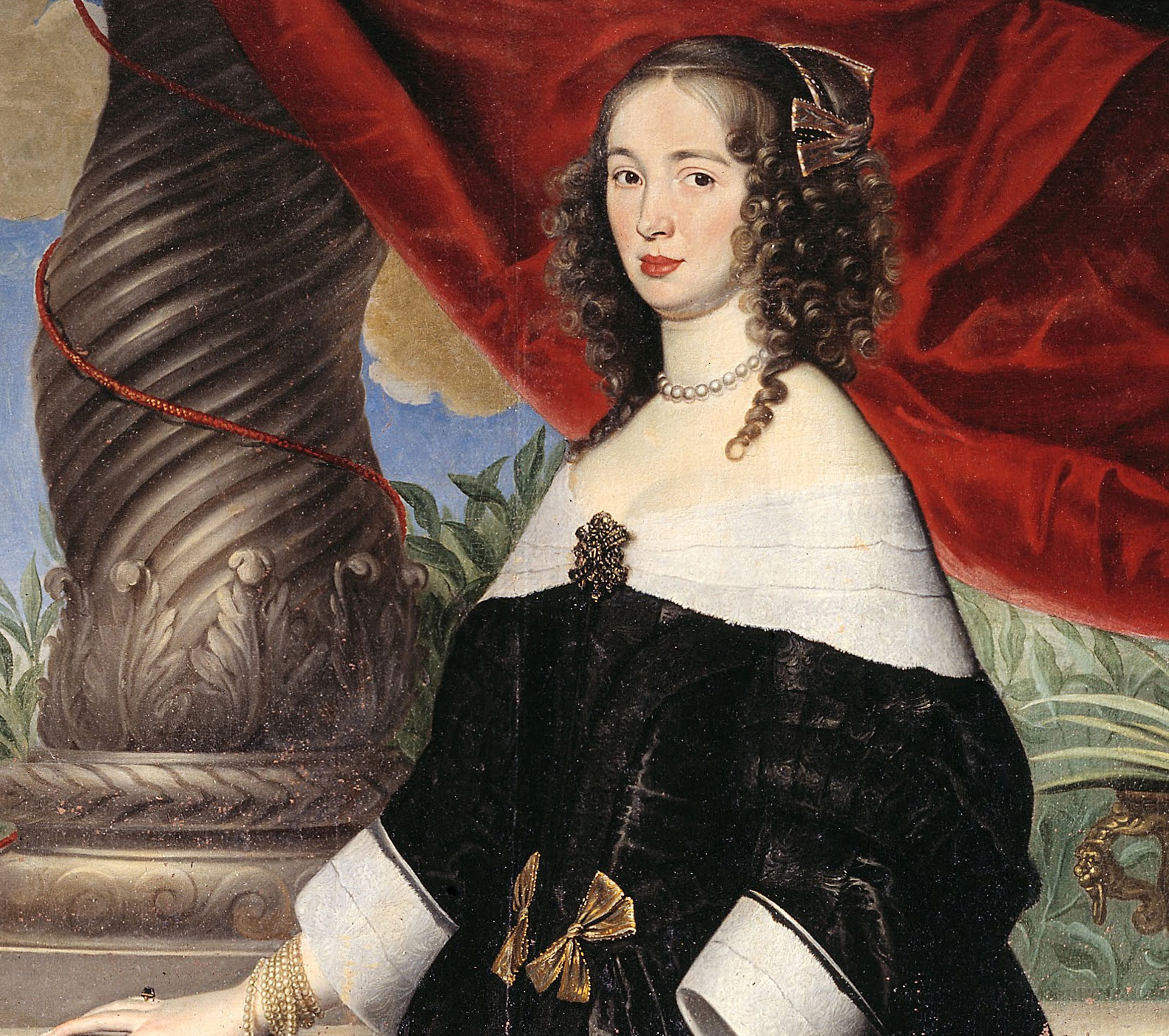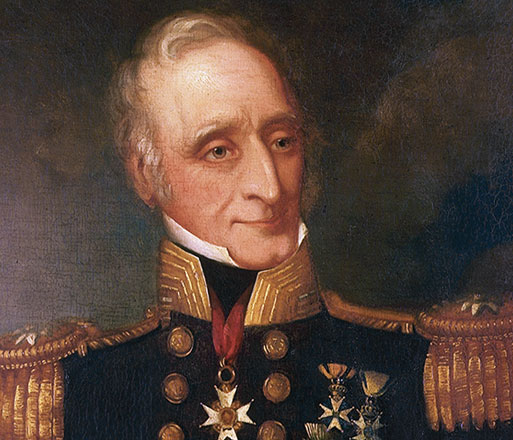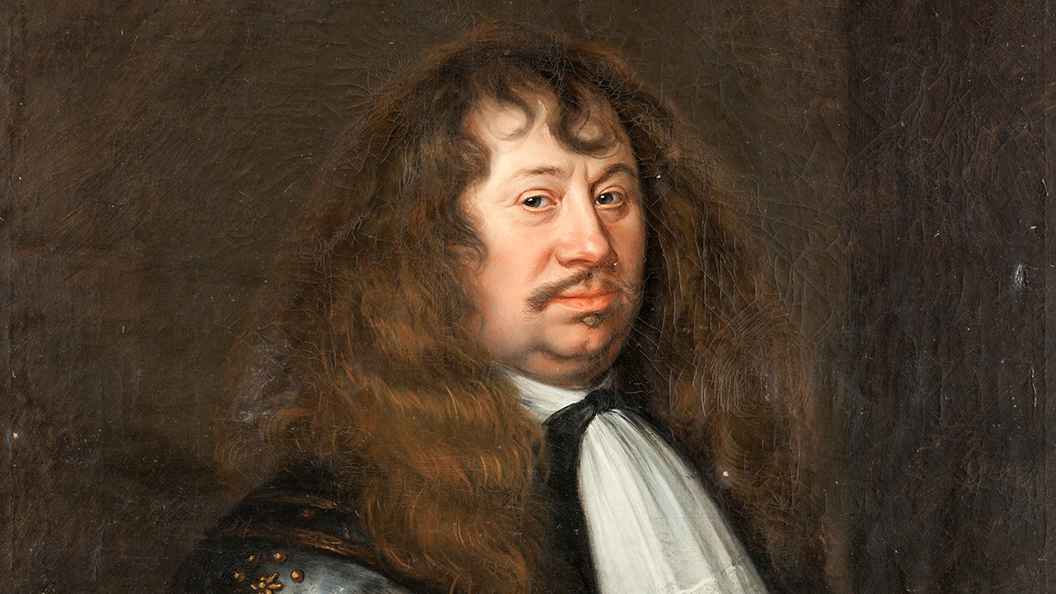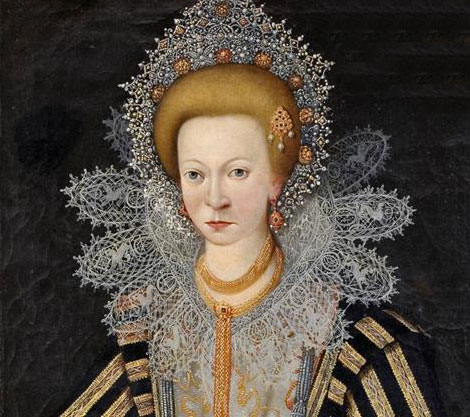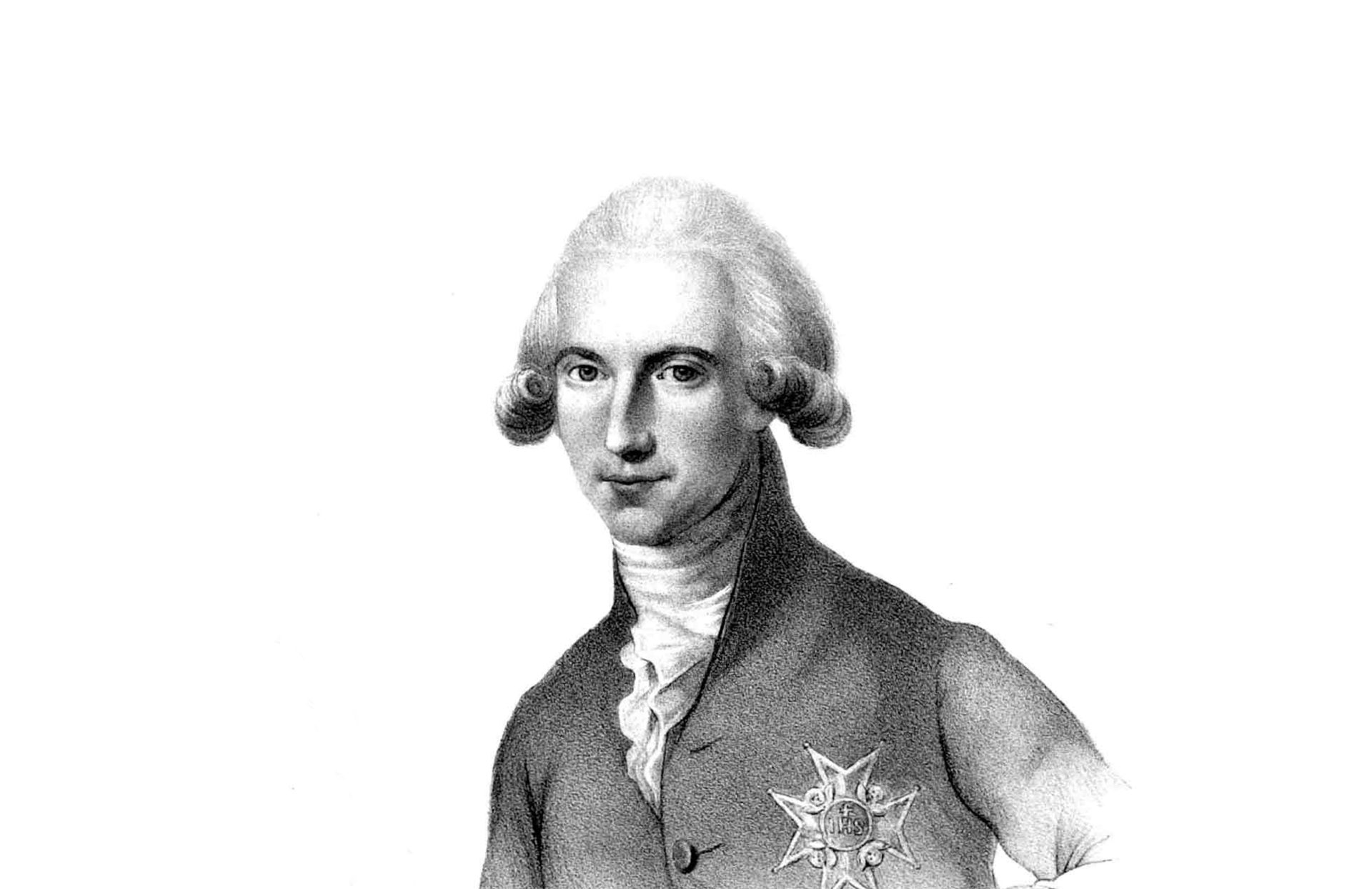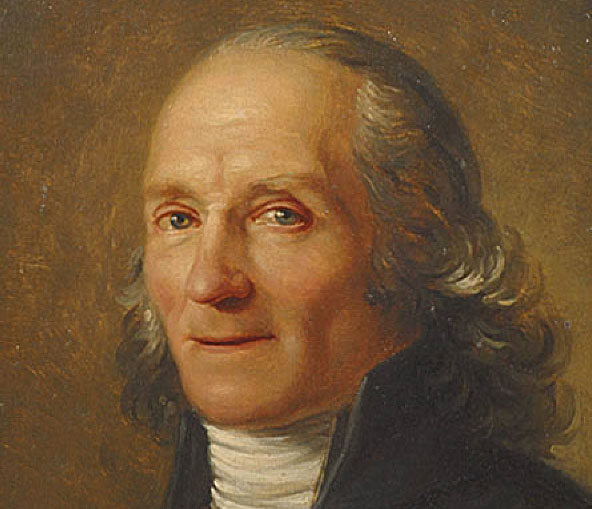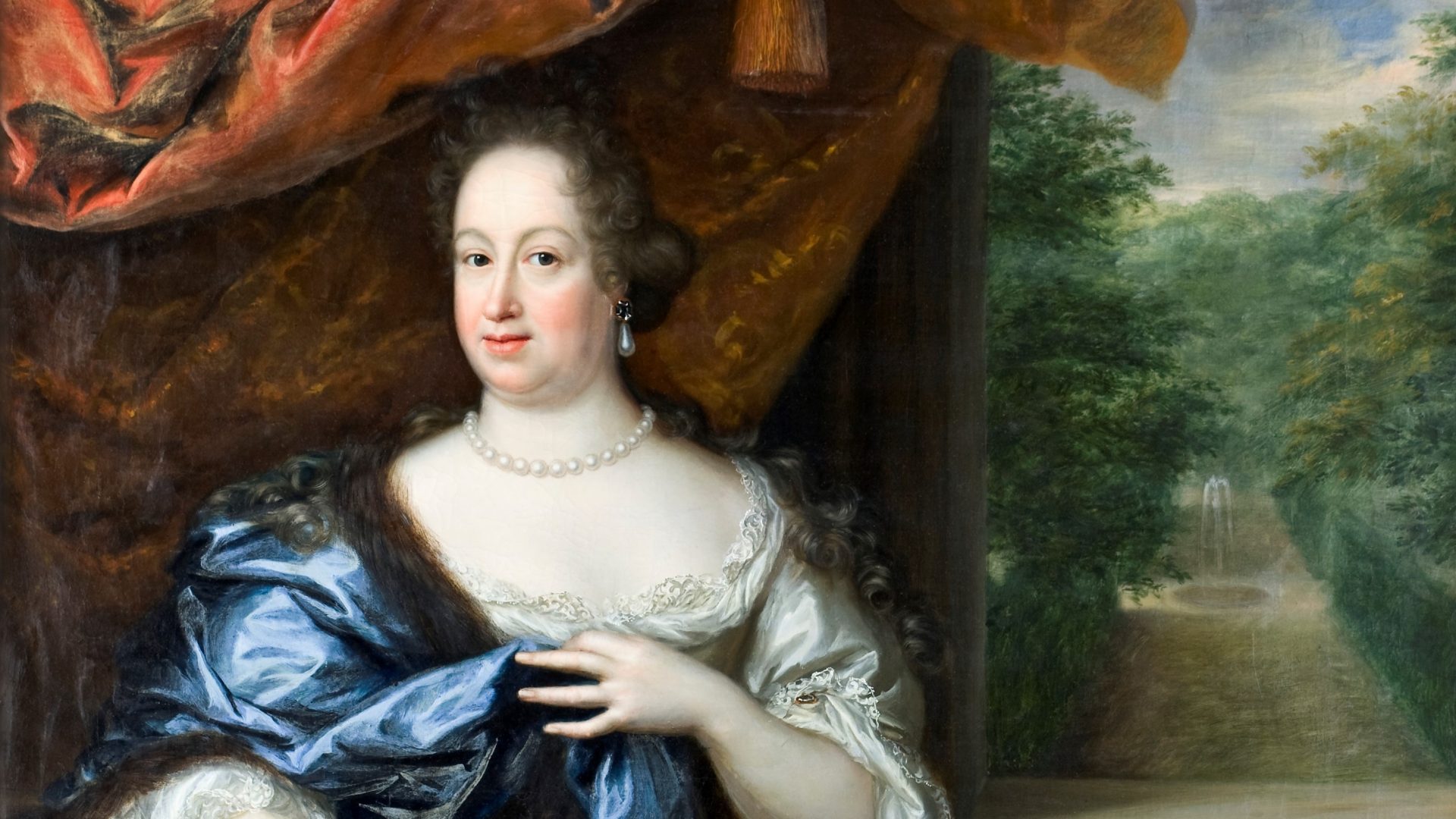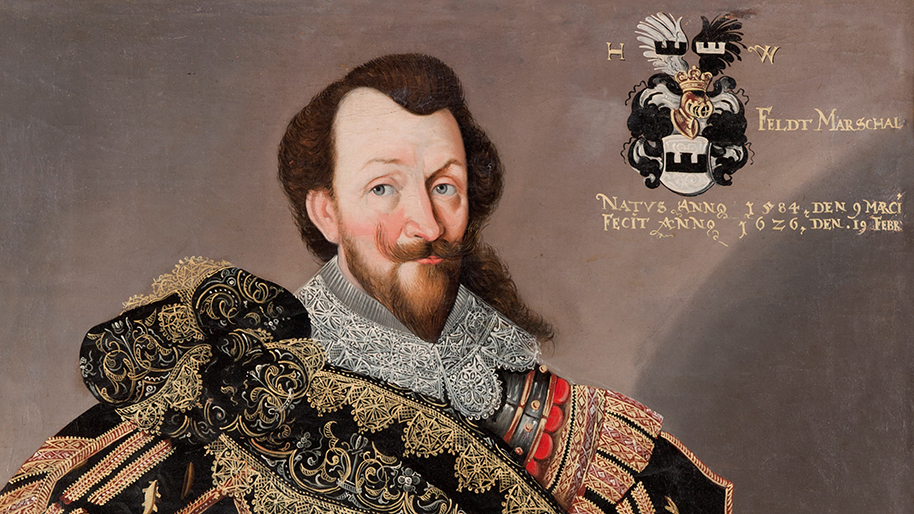
The Patriarch
Herman Wrangel
The previous year, Wrangel had received the Skokloster property from King Karl IX. In 1609, the property had been given to Field Marshal Christer Somme. But when in August 1611 he surrendered and handed over Kalmar Castle to the Danes, the king seized all his property in Sweden and gave it instead to Herman Wrangel.
Wrangel was the 25 and the gift can be seen as a way of paying him for fighting for Sweden. There was a great need for army officers. Favouring the German-Baltic noblemen was a characteristic aspect of Karl IX’s policy. They were to help to lead the Swedish troops and to protect the country from the enemy to the south, Poland.
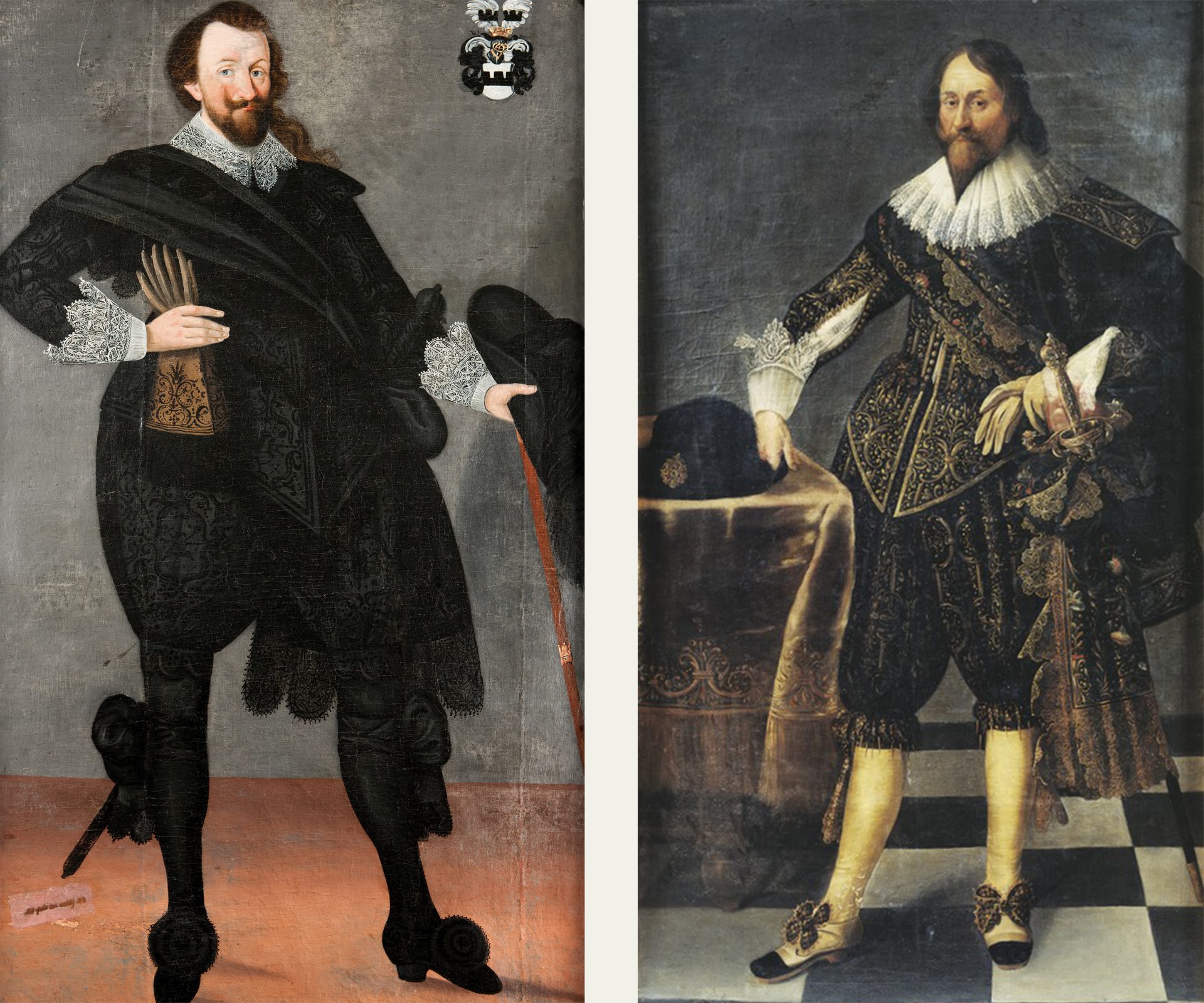
About fifty Baltic noblemen came to be bound to Sweden through gifts, like Herman Wrangel. The Wrangel family soon established themselves among the elite of Swedish society. It was no coincidence that this was a family with both military successes and a strategic marriage policy.
In the 1860s, Herman Wrangel had a rapid military career, took part in wars against Denmark and Russia and was appointed commander of Kalmar Castle. He became a field marshal in 1621.
Margareta Grip died in 1624. Herman Wrangel remarried only a year later. His chosen bride, Katarina Gyllenstierna (1610–1629), was barely 16 years old and a relative of his first wife. Katarina’s father, Carl Gyllenstierna, had been Margareta’s second cousin.
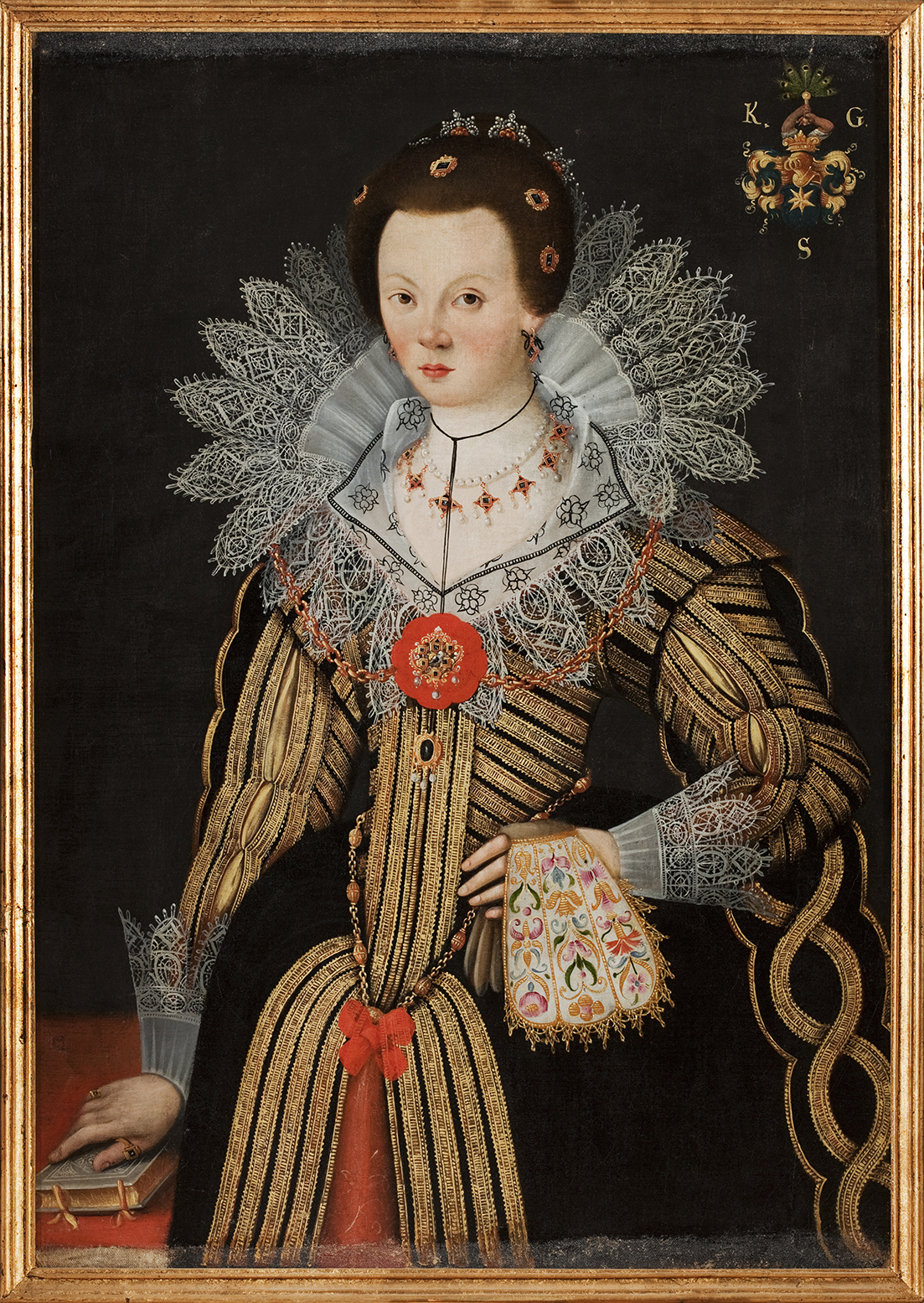
Katarina Gyllenstierna’s life was also destined to be short. At the age just 19 she died of the plague in Marienburg, Malbork in present day Poland, to which she probably followed her husband and stepsons when the Swedish army was shipped over to Prussia in summer 1626. The many conflicts had led to famine in the city and the plague broke out in full force in the summer.
The previous year, probably during a short visit to Sweden, Katarina had given birth to her son Adolf Herman Wrangel (1628–1656).
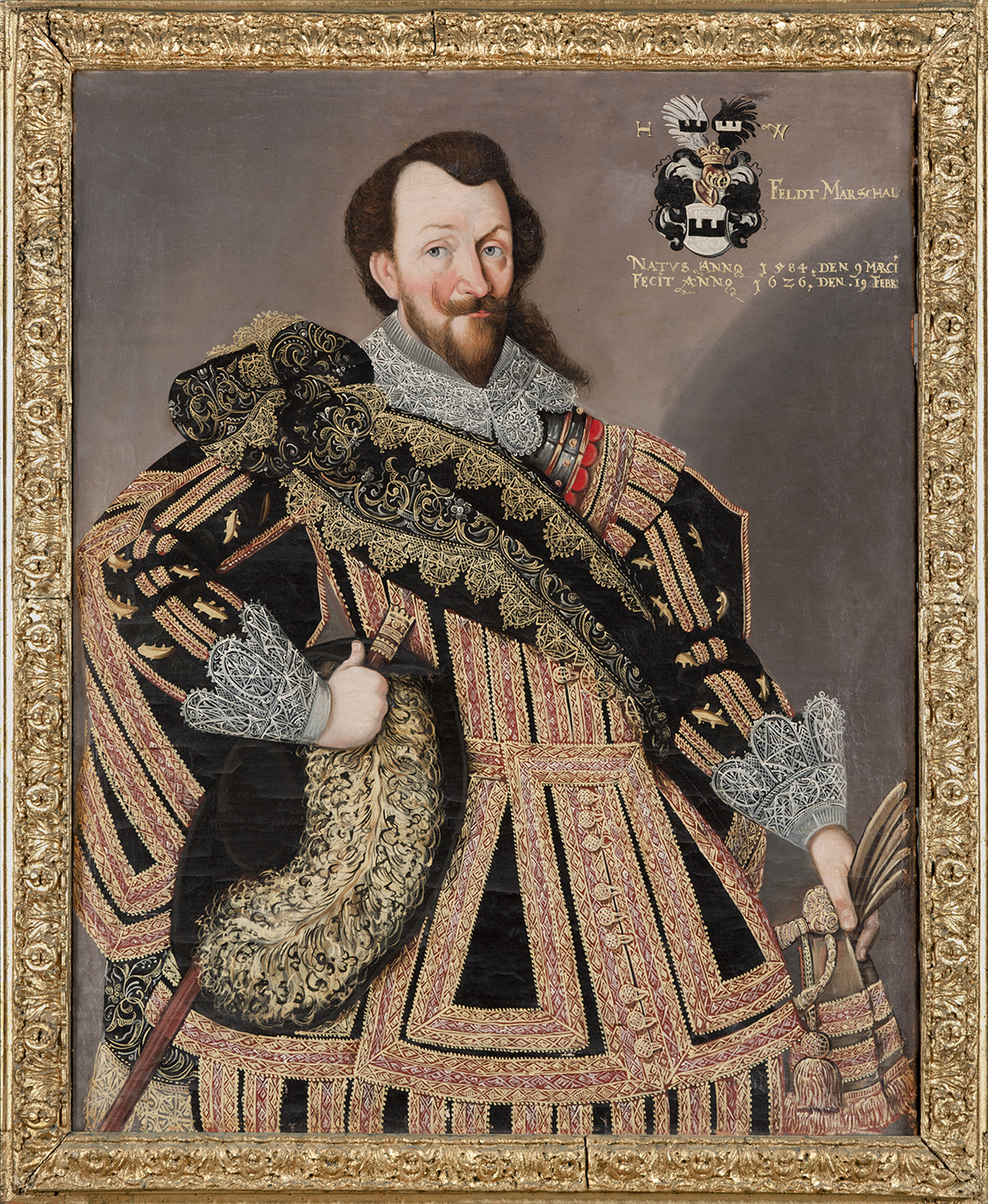
Herman Wrangel took part in the peace negotiations with Poland the same year and in 1630 he was appointed a privy councillor. Five years later he married countess Amalia Magdalena of Nassau-Siegen. The marriage contract was signed in April 1636. When he married Amalia Magdalena of Nassau-Siegen he became the first of the Swedish commanders to marry into the princely house of Germany.
Herman Wrangel was recalled to Sweden in1638. They already had a daughter, Maria Christina (1637–1691), and in the following years another three sons and two daughters were born. When Wrangel died in 1643, his wife was pregnant with their youngest daughter, Elisabet Dorotea. They were at that time in Riga, where Herman Wrangel had been appointed governor general of the Swedish Baltic possessions some time previously.
